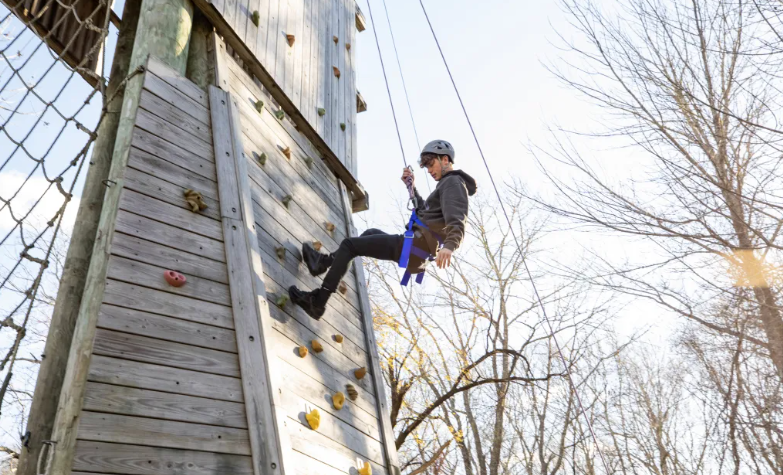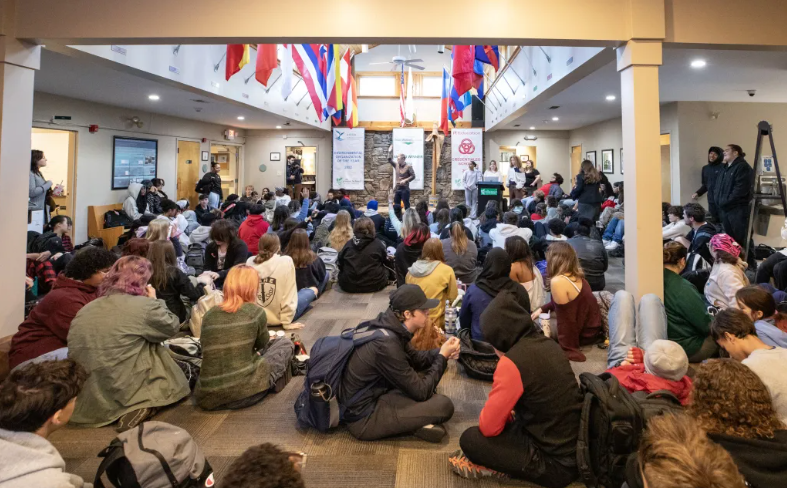In most classrooms today, teachers wield the bulk of the decision-making power. From pacing and resources to assignment formats and learning goals, the direction of learning is typically charted by the educator. But what if we challenged this model? What if we invited students to take a more active role in their own education—not as passive recipients, but as thoughtful decision-makers?
The concept of student choice isn’t new. It’s often seen in limited forms: choosing a novel from a list, picking between a poster or PowerPoint for a project, or selecting a topic of interest. While these options can increase engagement, they don’t always equip students with the information they need to make choices that truly impact their learning. Too often, the options are superficial and disconnected from deeper academic outcomes.
To foster authentic engagement, educators must go beyond offering surface-level choices. When students are given the tools and context to make informed decisions about their learning, their sense of ownership and motivation increases. With a few strategic shifts, teachers can create a classroom culture where student agency is central—not just incidental.
Small Shifts, Big Impact
The idea of turning over more control to students can feel overwhelming, especially when considering the demands teachers already face. But meaningful student choice doesn’t require a complete overhaul of curriculum. It begins with small, intentional steps—like posing a guiding question on one section of a project or allowing students to shape one phase of an assignment. These subtle changes can pave the way for deeper involvement without disrupting the broader instructional plan.
A critical factor in enabling student decision-making is clarity around learning goals. Without a clear understanding of what success looks like, students are left to guess what they’re aiming for. This is where success criteria come in. Framing learning goals as simple, measurable statements—such as “I can write a complete sentence with a subject, verb, and punctuation”—gives students a target to aim for. These statements demystify expectations and make progress visible and attainable.
Progress Monitoring as a Tool for Ownership
Once success criteria are established, students can begin to monitor their own progress. This could be as straightforward as an exit ticket where students reflect on how well they met a goal. Over time, these reflections become habits that deepen self-awareness and guide future learning choices.
Progress monitoring doesn’t have to be complex. A quick check-in at the end of class—asking students to note where they are and where they plan to begin tomorrow—can help them track their development and make informed decisions about next steps. By embedding this kind of reflection into daily routines, students gradually build the skills needed for independent learning.
Introducing these habits can follow the model of gradual release of responsibility. Teachers can start with structured check-ins, such as reviewing vocabulary during a bell ringer activity, and then allow students to take more control as their confidence grows. Over time, they move from teacher-led assessments to self-guided reflections and choices.
From Reflection to Action: Making Informed Choices
With success criteria and self-monitoring systems in place, students can begin to make meaningful learning decisions. Here are three effective strategies to support this transition:
1. Selecting Their Resources:
When students identify gaps in their understanding, they can decide which tools will help them close those gaps. For example, a student who realizes they know only three out of ten vocabulary words might choose to play a review game, revisit a reading, or ask a peer for help. The choice becomes purposeful, rooted in self-awareness rather than convenience.
2. Learning Stations:
Stations provide structured environments where students can choose what kind of support they need—whether it’s extra practice, reteaching, or enrichment. A student who struggled on a quiz might revisit foundational concepts, while another might seek a challenge. These choices help students meet their learning needs on their own terms, building both confidence and competence.
3. Peer Grouping:
Working with peers offers a chance to apply knowledge, explore real-world connections, or even teach others. Students can use sentence stems tied to success criteria to decide which group fits their needs: “The real-world application group would be good for me if I understand the concept but want to see how it’s used outside the classroom.” This kind of structured reflection guides students to make purposeful group choices that support their learning goals.
The Bigger Picture: Fostering Self-Efficacy
Research by John Hattie on Visible Learning underscores the importance of student self-efficacy—believing in one’s ability to learn and succeed. Practices like goal setting, feedback, and self-assessment are not only effective but empowering. When students are given ownership of their learning, they are more motivated, more resilient, and ultimately more successful.
So, why should teachers do all the work when students are fully capable of contributing to their own learning journey? By sharing responsibility for progress monitoring and decision-making, we help students become more than just learners—we help them become thinkers, planners, and problem-solvers.
The shift doesn’t require grand gestures. It starts with trust: trust that students can handle the responsibility, and that with the right tools and guidance, they will thrive. In doing so, we create classrooms that are not only more engaging but more equitable, giving every student the chance to chart a path that makes sense for them.
Let’s not just teach students what to learn—let’s teach them how to learn, and more importantly, how to choose.























